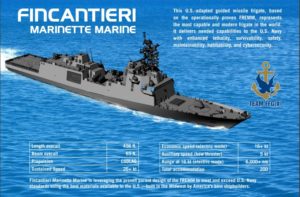
The Navy’s new FFG(X) frigate program could cost 40 percent more than the Navy’s estimate, the Congressional Budget Office (CBO) said in a new report. While the Navy estimates the first 10 frigates will cost $8.7 billion in FY 2020 dollars, at an average of $870 million per ship, CBO said its own estimate is they could be as much as $1.2 billion per ship for a total of $12.3 billion in FY 2020 dollars. The CBO report, The Cost…

 By
By 











